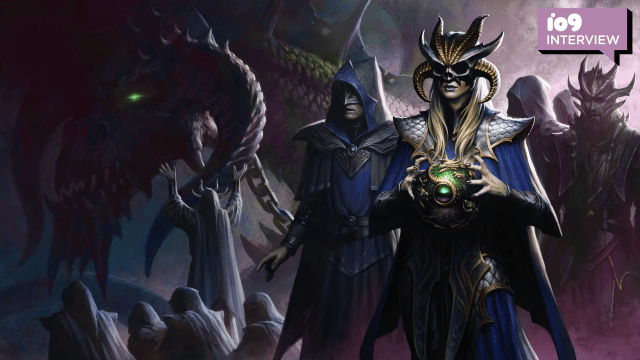They’re literally in the name — dragons are to Dungeons & Dragons as, well, dungeons are to Dungeons & Dragons. In the many pages of a million monster manuals, there will never be a creature so iconic and important to the fantasy of the tabletop RPG franchise than its monstrous namesake. But what’s it like actually bringing them to life? Gizmodo asked the folks from Wizards of the Coast just that.
Dragons are on the mind of Wizards of the Coast’s RPG series more than usual as of late, which is saying something, all things considered. In D&D’s Fifth Edition — which started off all those years back with a battle against Tiamat in the Tyranny of Dragons adventure series — the recent release of Fizban’s Treasury of Dragons provided players and dungeon masters with a plethora of new lore and rules to incorporate draconic elements into their stories, from playing their descendants in new kinds of Dragonborn, to just how magically weird a pile of Dragon Lair loot can actually get.
Meanwhile earlier this month, the D&D MMORPG Neverwinter kicked off a new season of content called Echoes of Prophecy, tasking adventurers with uncovering the mystery behind the return of a shadowy, undead-dragon-loving order, the Cult of the Dragon. With the second part of Echoes of Prophecy set to hit Neverwinter today, and Fizban’s Treasury on shelves, Gizmodo spoke to D&D Game Designer and Fizban’s Treasury co-author James Wyatt, and Neverwinter Lead Designer Randy Mosiondz, to ask a simple question (or six): what goes into making a Dungeons & Dragons Dragon?

James Whitbrook, Gizmodo: As a writer, mechanically or creatively, where do you start ideating when creating a new dragon for D&D?
James Wyatt: For all the new monsters in this book, the starting point was always sort of the core nugget of the creature’s identity: “a beholderkin created when a beholder dreams about dragons” became the eyedrake; “moonstone dragon from second edition, with Feywild connection” was the starting point for the moonstone dragon. We want new monsters to feel like they’ve always been a part of the world — unless their sudden arrival in the world is a key element of their story! Often that means linking them to existing monsters in an interesting way (like with the eyedrake or the elder brain dragon) or giving them a clear place in the cosmology of the D&D multiverse (like putting the moonstone dragon in the Feywild).
Gizmodo: Fizban’s is adding in a lot of extra lore and flavour for draconic design in 5E. What’s been the most exciting thing for you and the writing team to iterate on in this new release?
Wyatt: The thing I am most excited about is the way Fizban’s ties dragons to the story of the Material Plane and really emphasises that the setting of D&D is a multiverse. We explore the nebulous bonds that link each dragon to its “echoes” on other worlds of the Material Plane, and what happens when ancient dragons exploit those bonds and begin to fuse their echoes together into a new, super-powerful form. I’m really drawn to fantasy that explores parallel realities, places that exist in multiple worlds at once, and travel between worlds, so this aspect of the book is really exciting to me.
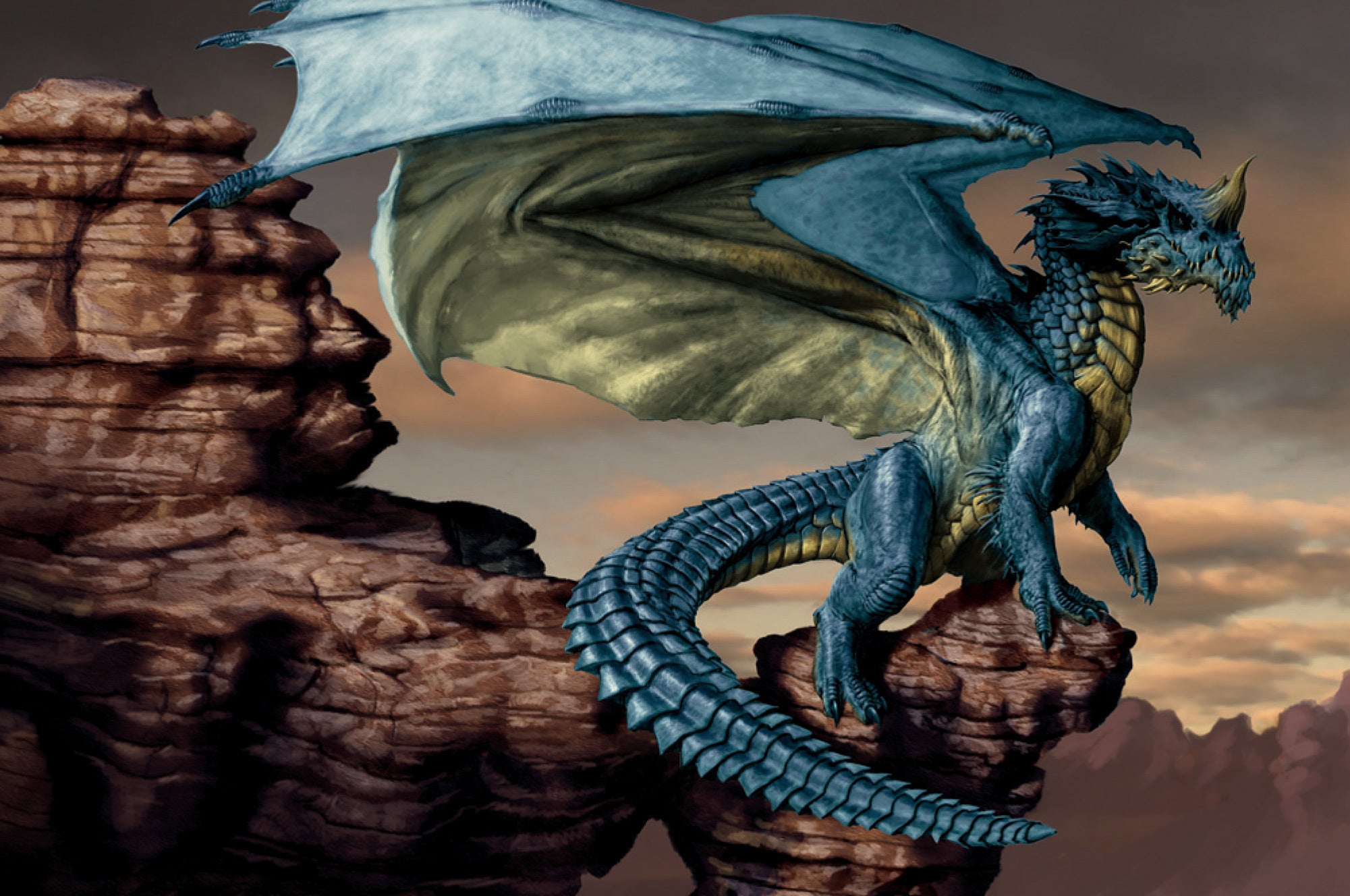
Gizmodo: Dragons can be big, big encounters for a tabletop party. What does the WOTC team try to keep in mind in navigating the scale of creatures like dragons when writing new rules around them, as major characters in campaigns, or just as part of the D&D monster manual lexicon?
Wyatt: The trick in combat encounters is making sure we don’t overwhelm the Dungeon Master! Dragons can be pretty complex, and we wanted to explore a range of options in this book without making the DM’s job impossible. For that reason, the new mechanical options for existing dragons are pretty minimal. There’s some simple traits and actions you might add to a dragon’s stat block, there’s some additional lair and legendary actions you might add or swap in, there’s some options for dragon spellcasting. But those additions are all pretty low-impact.
What’s more interesting to my mind are the ways we tried to help DMs bring dragons to life during an encounter. There’s a lot of space devoted to roleplaying dragons, developing their personalities and goals and such, so the DM can have a clearer idea of who this enormous draconic person is and what the dragon is thinking. There’s also a table of encounter complications that can help liven up a single fight with a dragon, with entries ranging from “the dragon really isn’t particularly interested in fighting” to “the dragon loves combat and appreciates the cool tricks the players are pulling off!”
Gizmodo: Dragons in D&D are more than just fights though — how do you go about communicating Dragons’ influence in the world of D&D to players beyond combat with them?
Wyatt: We spent a lot of time in this book exploring adventure hooks that might bring characters into contact with a dragon — which might or might not ever involve fighting that dragon. We talk about the kinds of organisations that dragons form with their own kind and the ways they interact with followers or minions. And we spend a couple of pages discussing ways that DMs can build an entire world or campaign story around dragons, inspired by settings like Dragonlance, Council of Wyrms, and the Tarkir setting from Magic: The Gathering.
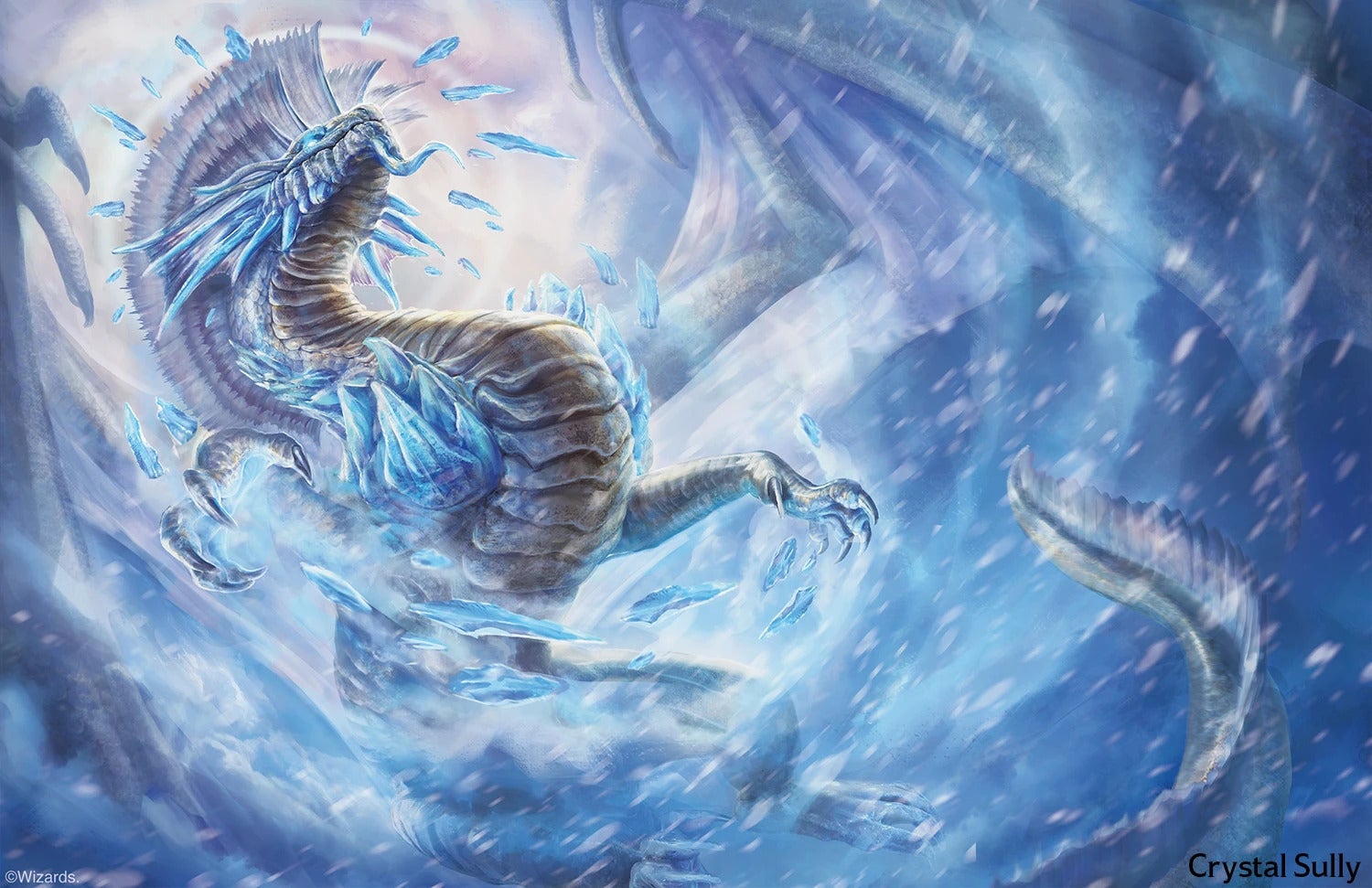
Gizmodo: They’re in the name of the game, but what is it about the fantasy of a dragon specifically that is so resonant to the world of RPGs?
Wyatt: I’ve been thinking about this a lot, and I’m still not sure I have a great answer. I know at a deep and resonant level that nothing says “the kind of fantasy I’m interested in” like a dragon. Maybe it’s the lingering influence of The Hobbit, which I read when I was in about 3rd grade (and watched on television in 1977). But I suspect it’s deeper than that. Dragons show up in myths and legends as powerful forces of chaos, as the embodiment of greed, as metaphors for the oppressive power of empire, as tremendously ancient powers, and as transcendent spirits of wisdom, and all of those archetypes show up in fantasy generally — and in D&D specifically. Slaying a dragon is like the quintessential act of heroism. I think there’s a deep mythic resonance there that’s at the heart of what makes fantasy such a powerful call to our imagination.
Gizmodo: Walk me through the process of designing a major encounter against a creature like Tiamat or Vilithrax for Neverwinter. Is there anything different the team considers when players are going up against a dragon compared to other major fights in the game in these phases of ideation?
Randy Mosiondz: Part of it is considering the role dragons play in the setting. Dragons are some of the heavy hitters in Dungeons & Dragons. They’re more than just rampaging beasts: they are very long-lived and cunning creatures, who much like humans, accumulate wealth and allies over time, which makes them all the more powerful. So you have to take these factors into account when designing an encounter with them. You end up facing the dragon’s allies/minions throughout the course of the fight with the dragon, in addition to whatever special qualities of the dragon’s lair.
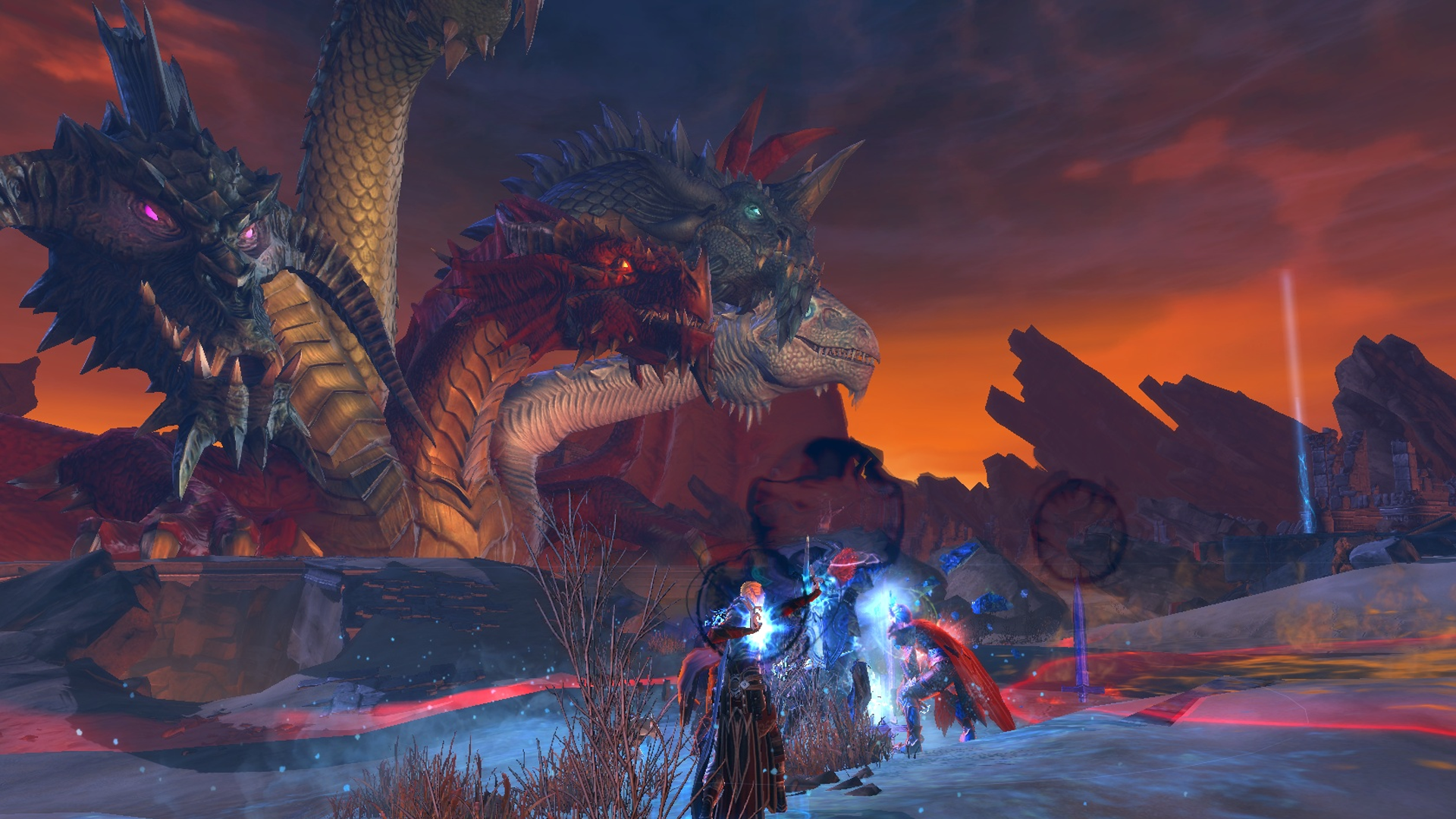
Gizmodo: In what ways does Neverwinter’s nature as a digital game rather than the tabletop realm of D&D make it more challenging to incorporate large-scale creatures like dragons as NPCs and enemies?
Mosiondz: One of the factors we have to consider is the size of dragons that come with age. The 5e dragon age ranges run from wyrmling to ancient (and even larger in Fizban’s). But in an action game like Neverwinter, you have to figure out a lot of experiential things like: capsule collision of monsters and the collision of the arena they’re fighting in, animation rigs and clipping issues, as well as what melee characters are seeing when they are up close to a dragon and how dragon attacks are being clearly conveyed to players. So we need to keep the size of dragons reasonable when fighting them so we can address all of those issues.
Gizmodo: Is there anything the Neverwinter team looks to directly from the tabletop mechanics when it comes to encounter design for a draconic enemy?
Mosiondz: We typically look at the tabletop source first when constructing enemies, then try to figure out how that translates to action game mechanics. In the case of dragons, we’re looking at the full array of dragon powers, from their raw physical attack capabilities (bites, claw swipes, tail swings, wing buffets) to their breath weapon. We’re also developing other dragon features such as spellcasting and polymorphing, which really reinforces the more intelligent aspects of dragons.
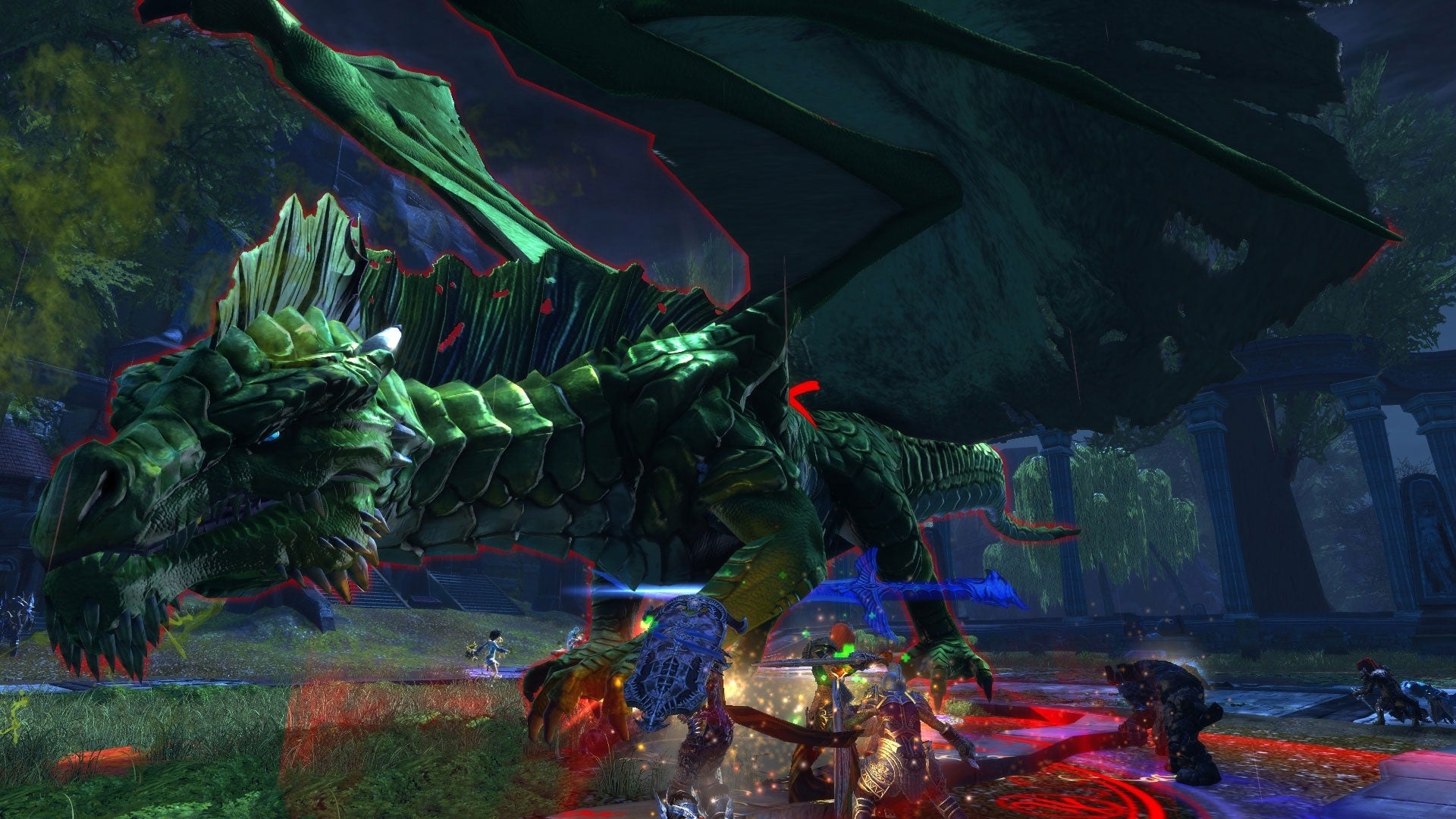
Gizmodo: Neverwinter saves some of its biggest dragon fights for heroic encounters. What makes the dragons stand out compared to other kinds of encounter design in the game? What are the challenges from a design perspective, beyond the scale of the creature?
Mosiondz: We have dragons as dungeon bosses, too! I think one of the biggest things with dragons is giving them the respect they deserve. You’re never going to find easy solo encounter dragons in Neverwinter. You might have a skilled player or powerful character that can end up taking on dragons solo, but that’s going to be more the exception than the rule. And with the upcoming dragon updates we’re doing, it’ll make them even more formidable.
Gizmodo: Fizban’s is bringing a lot of new flavour and mechanical details for dragon-related elements in a few months. What’s been exciting for the Neverwinter team about the release, what do you want to see brought over into the game?
Mosiondz: Right now we’re looking into how to make each dragon type play uniquely from each other. After all, the differences between red dragons and green dragons should be more than their breath weapon! We’re also delving into more of the multiversal nature of dragons in some of our upcoming adventure narratives. Lots of exciting dragon-related content coming in 2022!
